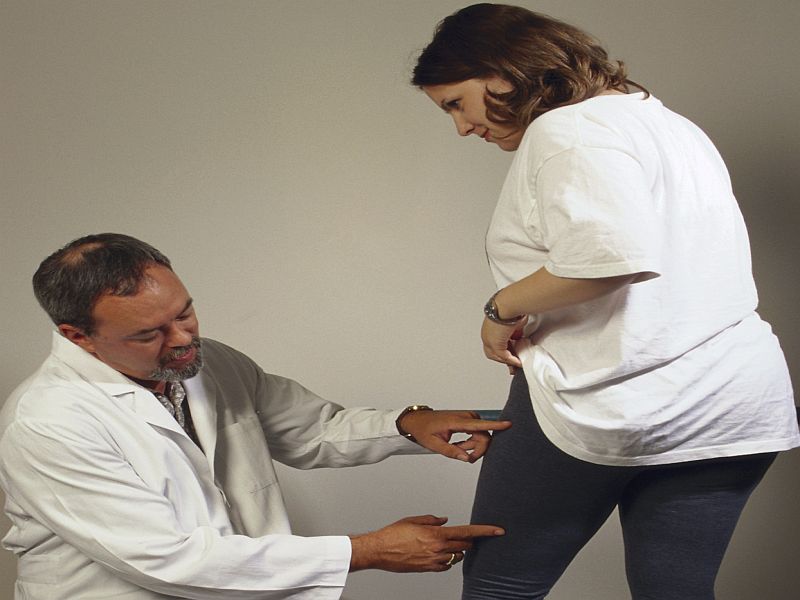
MONDAY, July 8, 2019 (HealthDay News) -- No matter where it occurs in the body, microvascular disease ups the risk of leg amputation, a new study finds.
Microvascular disease damages very small blood vessels.
Researchers analyzed data from more than 125,000 U.S. veterans who were followed for an average of nine years.
During follow-up, those with microvascular disease had a 3.7-times increased risk of leg amputation, and accounted for 18% of all amputations.
Those with peripheral arterial disease (PAD) -- narrowing of the arteries away from the heart that is typically found in the legs -- had an almost 14-times greater risk of leg amputation and accounted for 22% of all amputations.
Those with both microvascular disease and PAD had a 23-times increased risk of leg amputation, and accounted for 45% of all amputations, according to the study published July 8 in the journal Circulation.
The researchers concluded that microvascular disease is independently associated with an increased risk of leg amputation, even if the disease occurs in other areas of the body, such as the eyes (retinopathy), kidneys (nephropathy) or feet (neuropathy).
"This study advances the idea that microvascular disease is a systemwide disorder, rather than only affecting one part of the body," said study author Dr. Joshua Beckman, director of vascular medicine at Vanderbilt University Medical Center in Nashville, Tenn.
"PAD [vessel disease in the legs] has long been considered a sign that a patient likely also has narrowed arteries leading to the heart or brain. If a patient has PAD, they have a higher risk of other cardiovascular diseases, such as heart attacks and strokes," Beckman explained in a journal news release.
"Our study suggests that microvascular disease in any part of the body … may be linked to decreased blood vessel function in other parts of the body, putting patients at risk for potential lower-limb amputations," he said.
The findings show that patients with microvascular disease require regular monitoring and foot care to ensure early detection and healing of sores or injuries to prevent amputations, according to Beckman.
"Patients with both microvascular disease and PAD have the highest risk of lower-limb amputation and need maximal medical therapies to reduce their risk," he said.
More information
The U.S. National Library of Medicine has more on vascular diseases.
Back

The news stories provided in Health News and our Health-E News Newsletter are a service of the nationally syndicated HealthDay® news and information company. Stories refer to national trends and breaking health news, and are not necessarily indicative of or always supported by our facility and providers. This information is provided for informational and educational purposes only, and is not intended to be a substitute for medical advice, diagnosis, or treatment.






